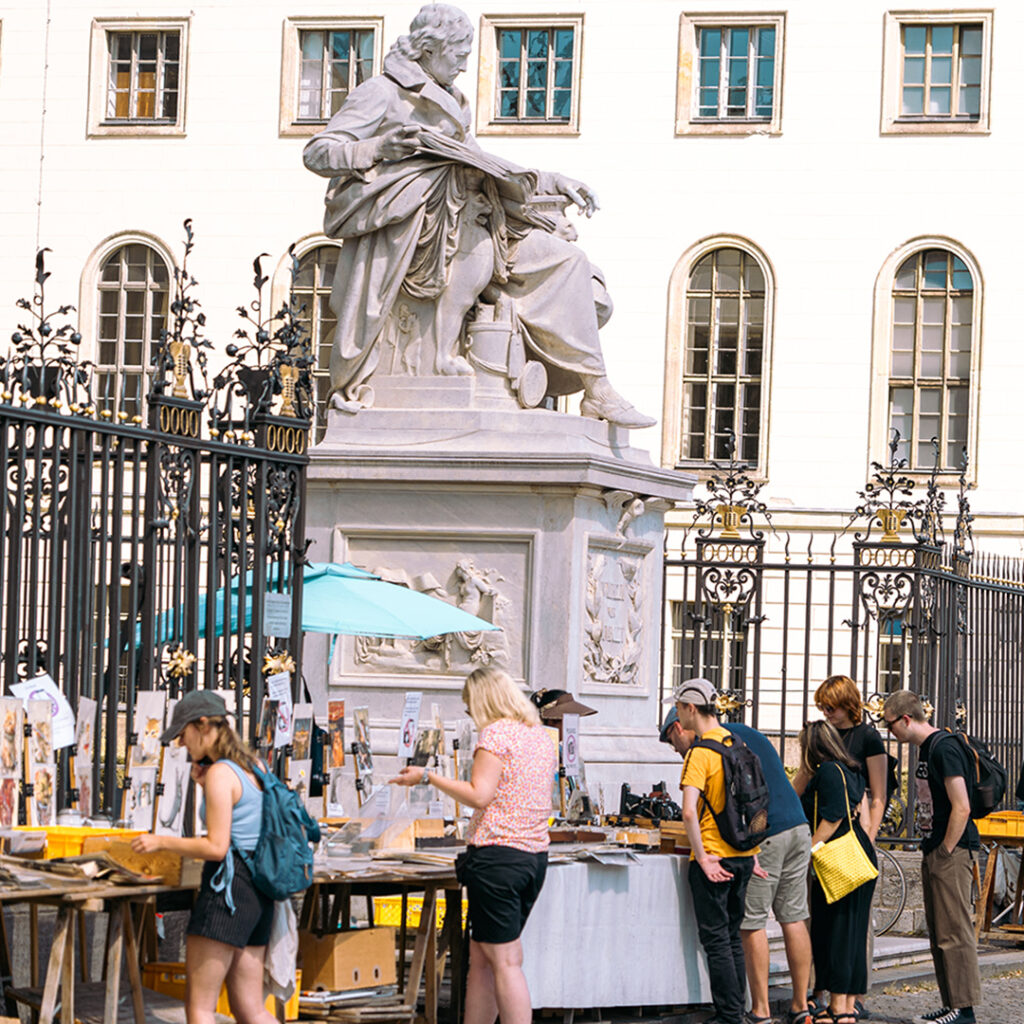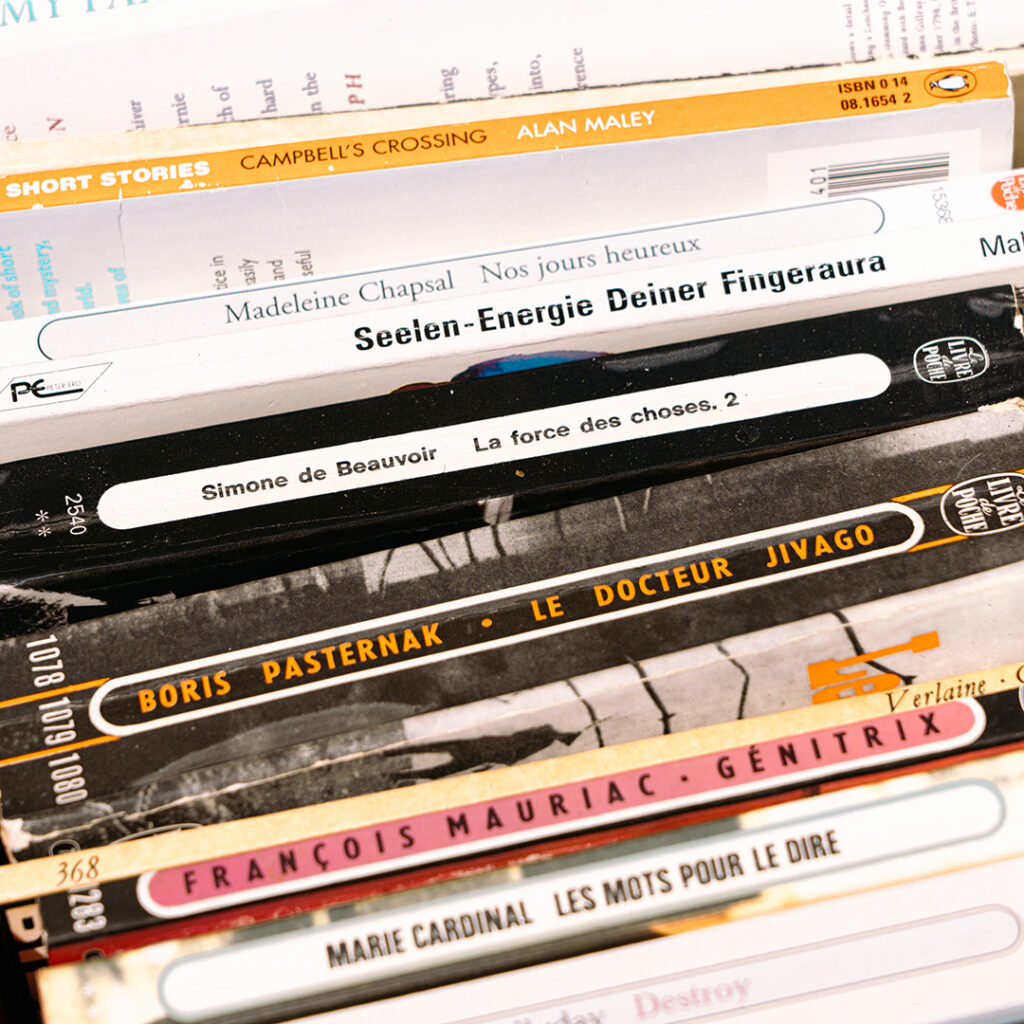


In front of the Humboldt University there are ‘Stumbling Stones’ for twenty jewish students who became victims of the Nazi regime - either murdered in concentration camps, extermination camps, or internment camps, died in ghettos, or in their desperation committed suicide.


Some useful links: